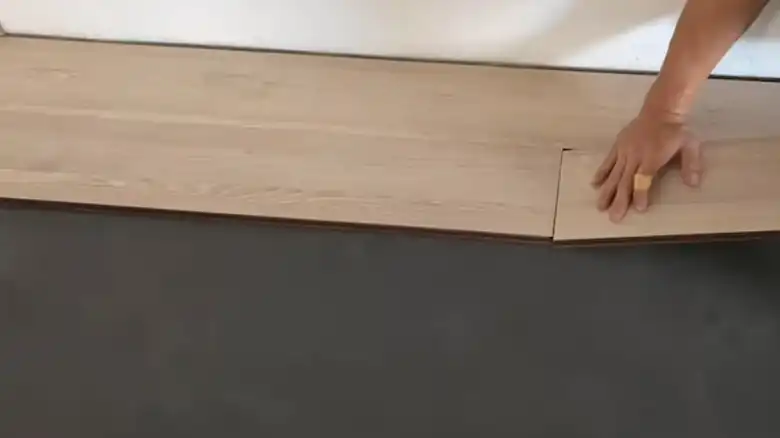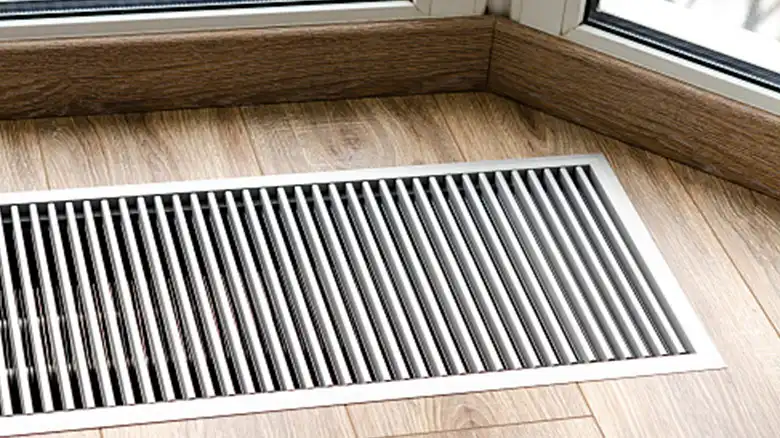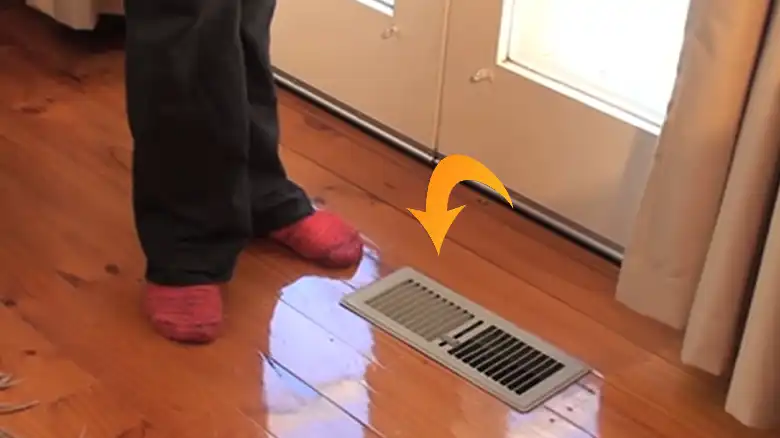Flooring is an important part of any home or office space. It not only enhances the aesthetics but also ensures durability and functionality. When it comes to flooring, plywood or ply is a popular choice due to its affordable cost and easy installation. But what is the ideal thickness for plywood flooring? Can you use 12mm thick plywood for flooring purposes? Well, you can, but it’s not suggested to do.

Will It Be Ideal to Use 12mm Ply for Flooring?
Yes, you can use 12mm plywood for flooring, but it’s not a one-size-fits-all solution. However, you can use it as the subfloor. But if you are willing to add plywood on the subfloor then the thickness should be between 15mm to 19mm.
The ideal choice depends on several factors, including the type of flooring, the subfloor, and the intended use of the space.
Type of subfloor
If you have a concrete subfloor, 12mm ply may be sufficient for low-traffic areas, such as a bedroom or closet. However, if you have a wooden subfloor, you will need to use thicker plywood, such as 15mm or 18mm. This is because wooden subfloors are more flexible than concrete subfloors and can cause 12mm ply to flex and warp.
Amount of traffic
The amount of traffic the floor will see will also play a role in determining whether or not 12mm ply is thick enough. If the floor will be subjected to high traffic, such as in a kitchen or living room, you will need to use thicker plywood. This is because 12mm ply is more likely to wear down and become damaged in high-traffic areas.
Type of flooring
The type of flooring you are installing will also need to be considered when choosing the thickness of plywood. For example, if you are installing hardwood flooring, you will need to use a thicker plywood, such as 15mm or 18mm. This is because hardwood flooring is a heavy material and 12mm ply may not be thick enough to support it.
What is the Ideal Thickness of Ply for Flooring?
The thickness of plywood for flooring isn’t a one-answer-fits-all kind of deal. It’s more like Goldilocks looking for the perfectly sized chair – you need the one that’s just right. Here are some common thickness options and their ideal use cases:
The ideal thickness of the ply for flooring will vary depending on the specific factors mentioned above. However, as a general rule of thumb, the following thicknesses are recommended:
- For concrete subfloors: 12mm ply for low-traffic areas, 15mm ply for medium-traffic areas, and 18mm ply for high-traffic areas.
- For wooden subfloors: 15mm ply for low-traffic areas, 18mm ply for medium-traffic areas, and 22mm ply for high-traffic areas.
The ideal thickness depends on the type of flooring you’re installing and the subfloor beneath. If you’re laying down hardwood or tile, 12mm plywood can do the job. But if you’re planning something heavy-duty or need superior insulation, consider thicker options.
Pros and Cons of Using 12mm Ply for Flooring
Every choice in life comes with its own set of pros and cons, and plywood flooring is no different. Let’s break down what you can expect when using 12mm plywood for your flooring project.
Pros of Using 12mm Plywood for Flooring
1. Affordability: 12mm plywood is generally more budget-friendly compared to thicker alternatives. If you’re working on a tight budget, this can be a cost-effective solution.
2. Versatility: It’s suitable for various types of flooring, including hardwood, laminate, and tile. So, you’re not limited to just one option.
3. Manageable Weight: 12mm plywood strikes a balance between thickness and weight. It’s sturdy enough to withstand regular foot traffic without being overly heavy.
Cons of Using 12mm Plywood for Flooring
1. Not Ideal for Heavier Loads: If your flooring area will be subjected to heavy loads or frequent heavy impacts, like machinery or furniture, thicker plywood may be a safer bet.
2. Limited Insulation: Thicker plywood offers better insulation and noise reduction. If this is a priority for your project, 12mm plywood might not be the best choice.
3. Potential for Deflection: 12mm plywood may exhibit some deflection (bouncing or sagging) over time, especially if not properly supported or if the subfloor isn’t perfectly level.
In a nutshell, using 12mm plywood for flooring is a practical choice for many projects, but it’s not the ultimate solution for all scenarios. If you’re planning a light to moderate foot traffic area and insulation isn’t a top concern, it can save you some cash while delivering the performance you need.




